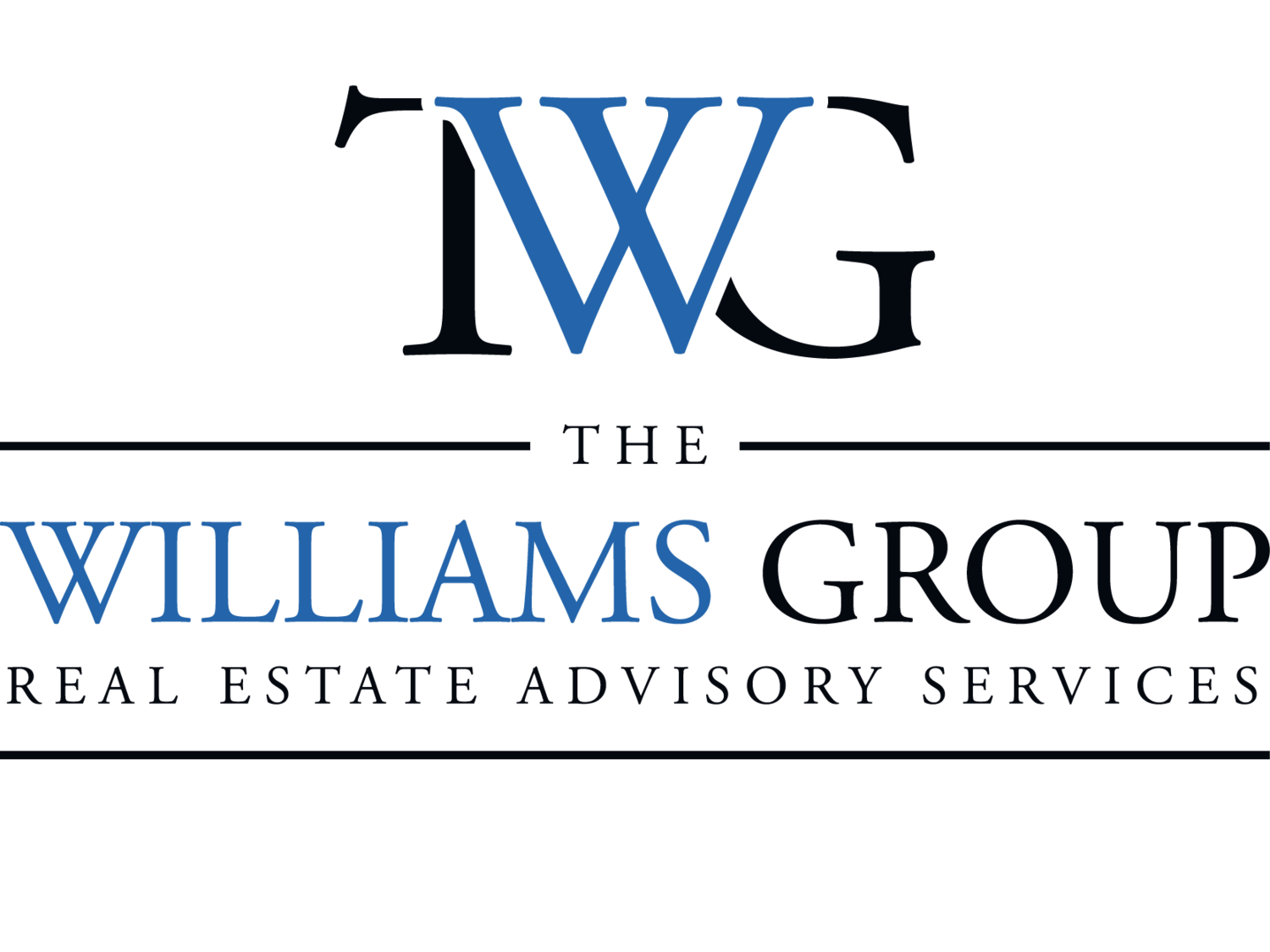Multi-family is Good for Lenders, Builders, and Investors — not just Office and Retail
As real estate advisors, we are often asked to prepare market analyses for client, especially to support financing and investment. As a general rule, it is often sub-market driven however, there are some major economic influences and factors that can affect major trends that are positive or negative to support investment in almost all markets. At this time, this is the case, national and even world trends, are making particular property types more favorable than others. Multi-family is very favorable at this time.
As of April 2022, CPI is at an annual rate 8% for the last 2 years, the highest since the 1970’s and interest rates are climbing as a result of the increased flow of money and increased demand. While higher interest rates make single family home purchase more expensive and drives down the prices of homes, it has the opposite effect on multifamily real estate.
Forbes March 8, 2022, article suggested there is an undersupply in multifamily units nationwide of over 8 million. While young families, new to the work force individuals and even Millennials, may find home purchasing out of their reach, they need a home to live in and rentals seem like the right choice until demand subsides and interest rates settle.
For the last 10 years the stock market was the place to invest, but with rising interest rates, the stock market is higher risk and less desirable than other forms of investment. Money is shifting to the multi-family market. Buying homes is becoming less affordable, interest rates only exacerbate that issue and population continues to grow, older inventory is undesirable, so new and recently built multifamily product is in great demand. To prove our point, since December 2021, multifamily REITs have generated returns of 46%. While we would not suggest office or retail REITs, multifamily is well positioned for the following reasons:
Excess demand and low inventory, national occupancy rates are over 96% and generally over 95% indicates high demand and time to build;
Lending rates increasing at 2% per year by the Feds makes home purchasing more expensive;
Increase in the overall population, which is growing at 3%, suggesting long term demand;
Historically multi-family has grown in demand during inflationary periods;
Increase in demand is followed by increase in rents while previously fixed debt interest on the property is possibly set for 20 or 30 years, therefore increase investor return;
Increasing income from rent allows builders to hedge against higher costs of materials and construction;
Lenders competing for deals will keep interest lower and more competitive
As a result, multifamily is a very good hedge against inflation, as a general property type. Of course, better managers, builder, more selective REITS are play a part in investment return.

